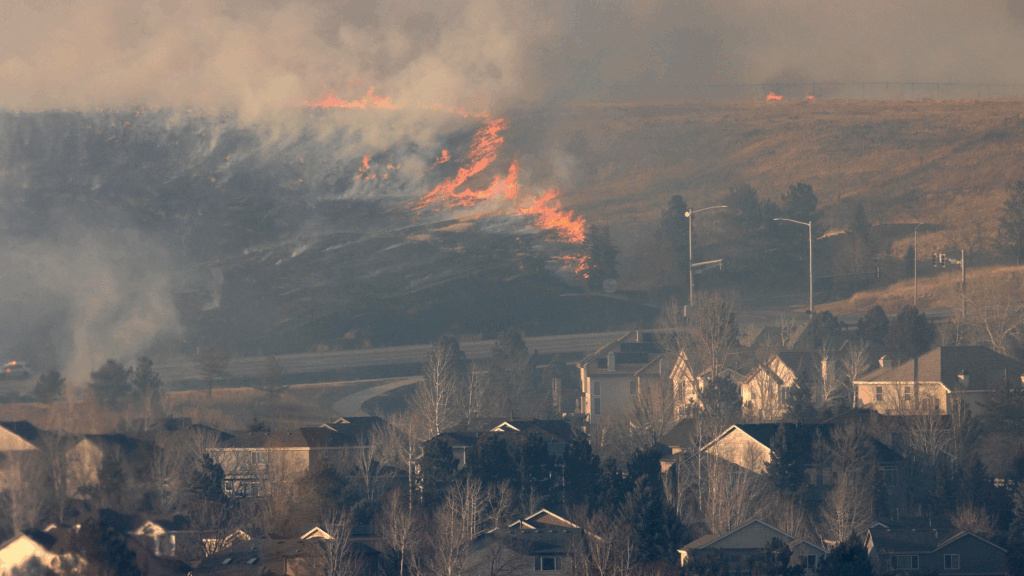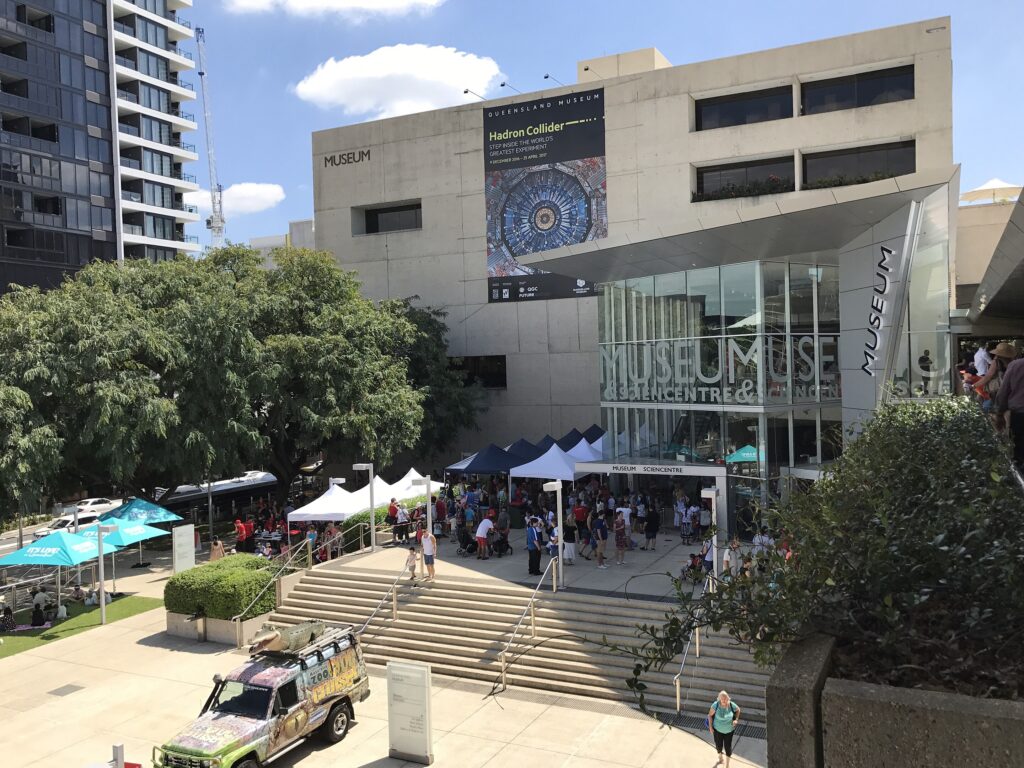This is an excerpt cross-posted with permission from the National Center for Science Education.
A recent survey by the National Surveys on Energy and the Environment found that only 16% Americans believe there is no solid evidence for global warming. Though good news for the public at large, there are still questions about how global warming is being addressed with students, the next generation of science-savvy citizens, particularly in the classroom and with the texts used there.
Though there have been studies on what students know about climate change, my colleague Diego Román and I wondered how science textbooks were presenting the topic. Are the textbooks presenting climate change as real and certain, matching the scientific consensus? Or are the textbooks presenting climate change as controversial, matching historic (if not current) public opinion? To answer this question, we closely examined four California middle school textbooks.
You may first be wondering, why California textbooks? California is important in the nation’s textbook market. Textbooks are often adopted at the state level; local school districts can then choose among the adopted textbooks. Since California is one of the most populous states, publishing companies create versions of textbooks specifically for California. Other smaller states, for which the publishing company can’t create a version, then pick from texts that have been created for California. In other words, the textbooks we were reviewing are important for the nation.
So how did these textbooks address climate change? What we found was not encouraging, to say the least. The textbooks used language that expressed uncertainty—uncertainty both about whether climate change was happening at all and about whether humans were responsible. Here is an example from one textbook:
Not all scientists agree about the causes of global warming. Some scientists think that the 0.7 Celsius degree rise in global temperatures over the past 120 years may be due in part to natural variations in climate. (Prentice Hall 2008, 377)
What is the problem with this section of text? First, it uses phrases such as “not all scientists” and “some scientists,” which are, at the very best, unclear. How many is not all or some? 75%? 10%? While the phrasing is technically true, “not all” in this case is only 3% of scientists. The use of these quantifiers creates doubt and uncertainty.
Image credit: Textbooks on a bookshelf via Shutterstock.
Subscribe to our newsletter
Stay up to date with DeSmog news and alerts






